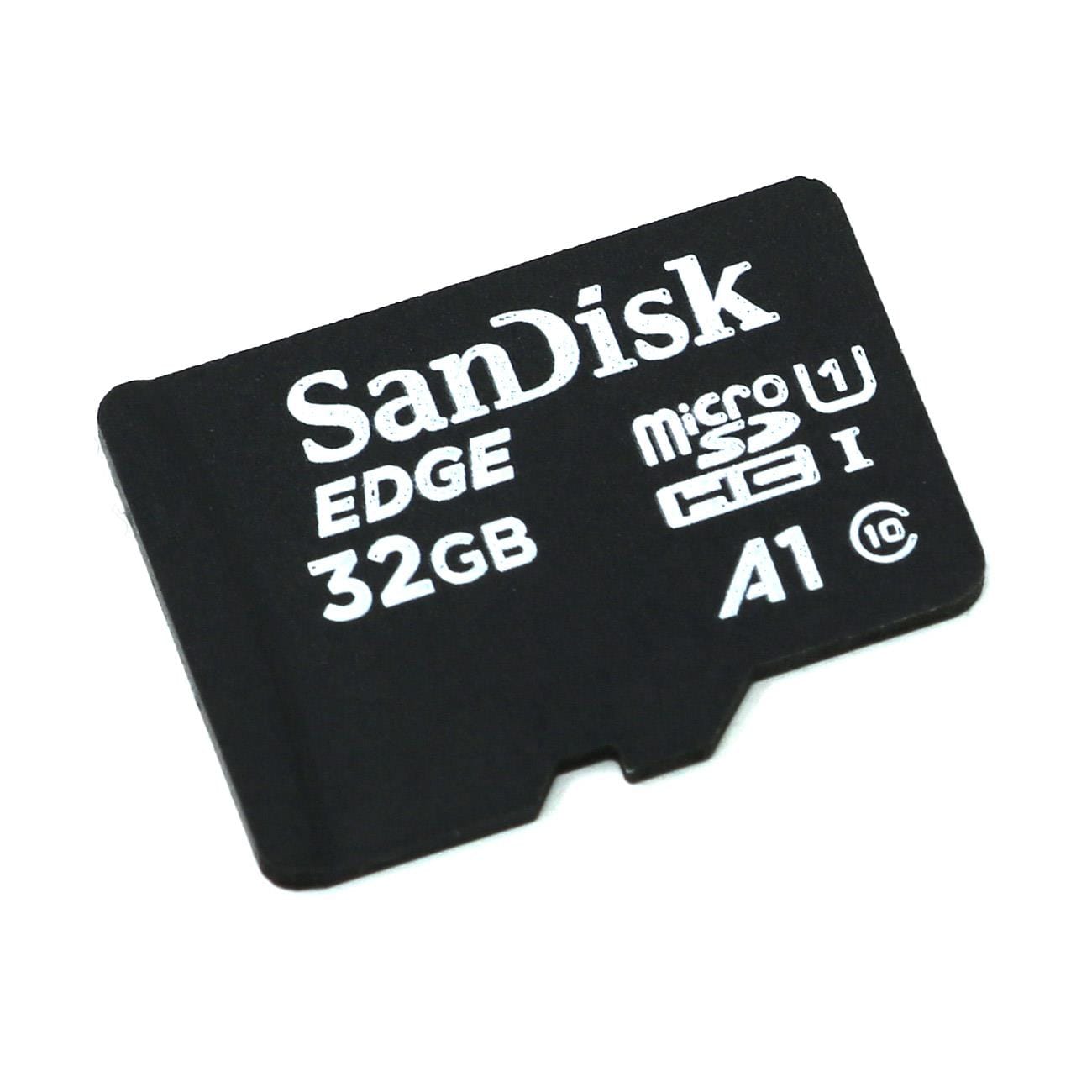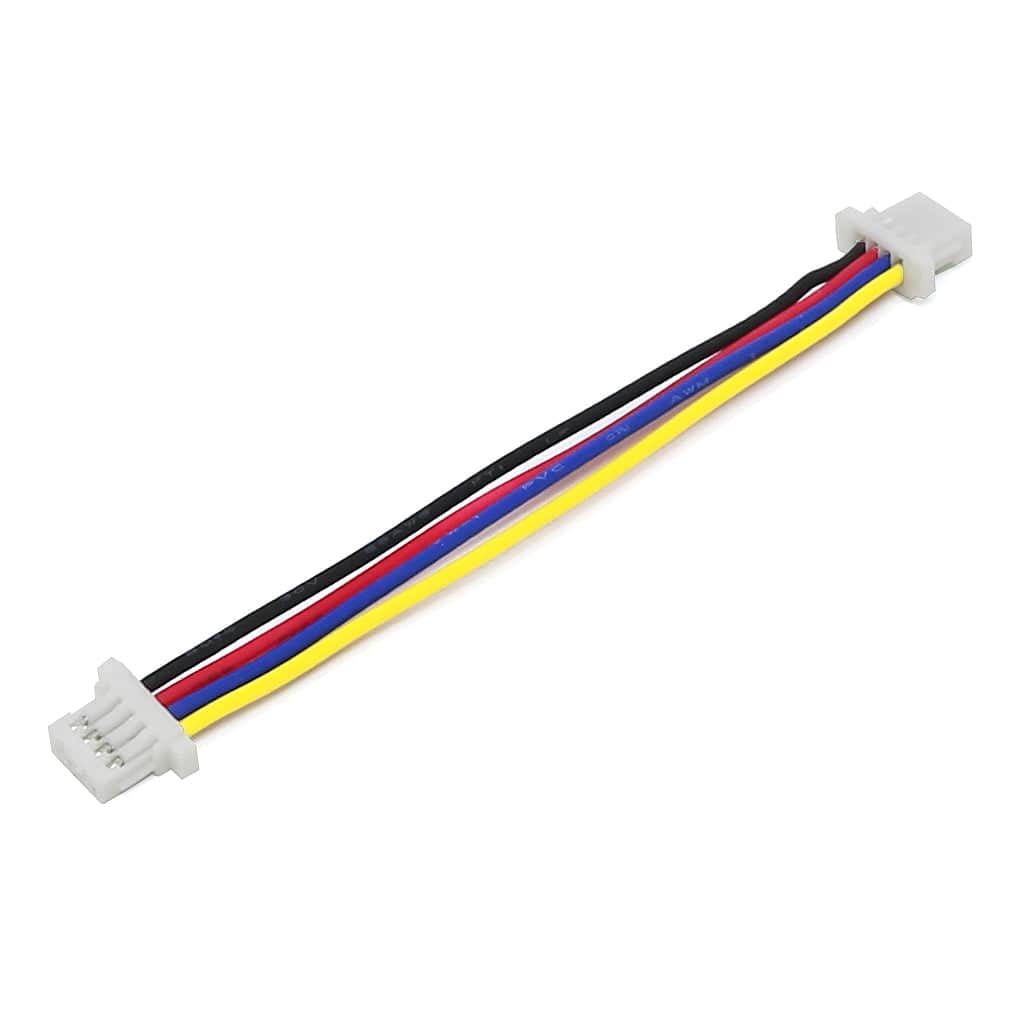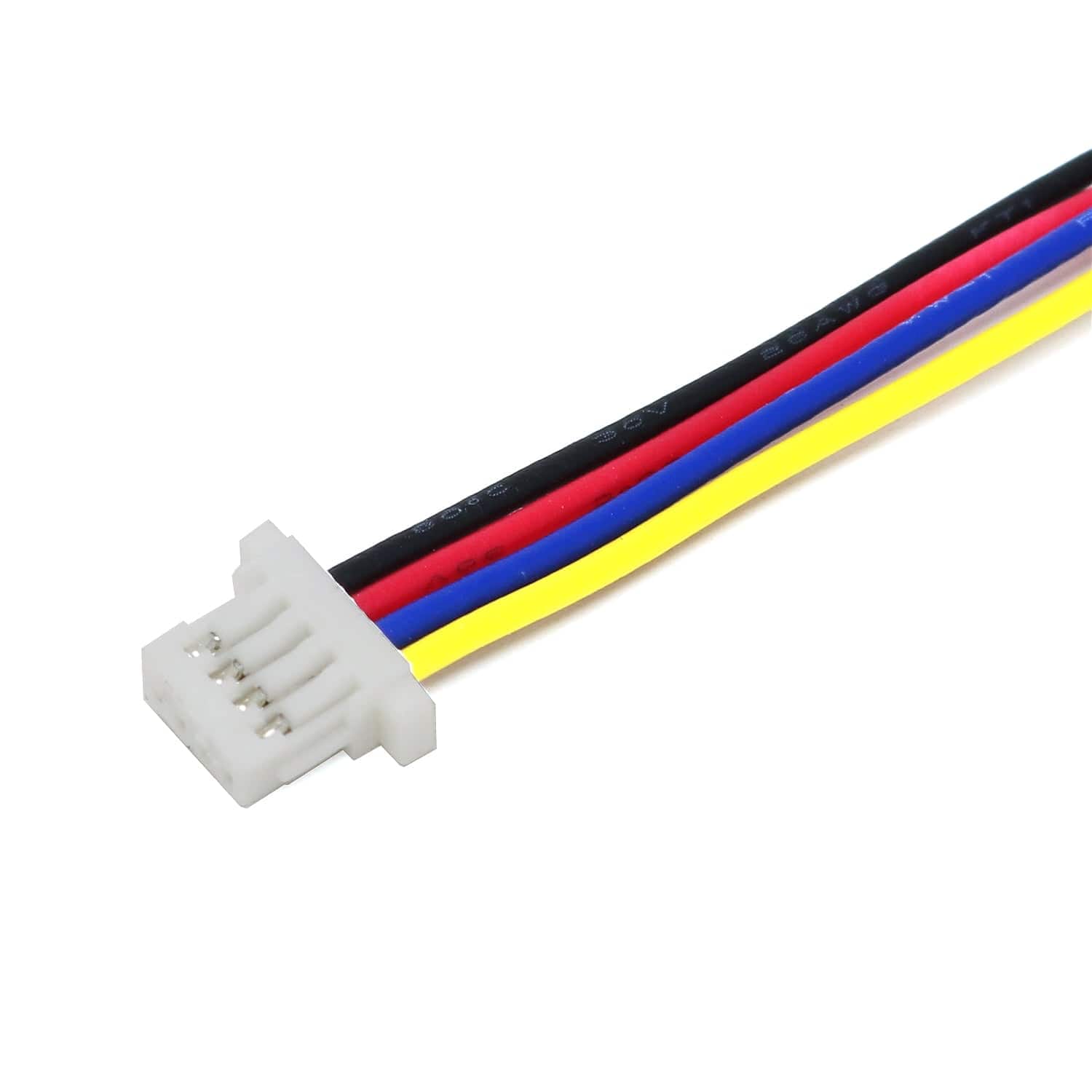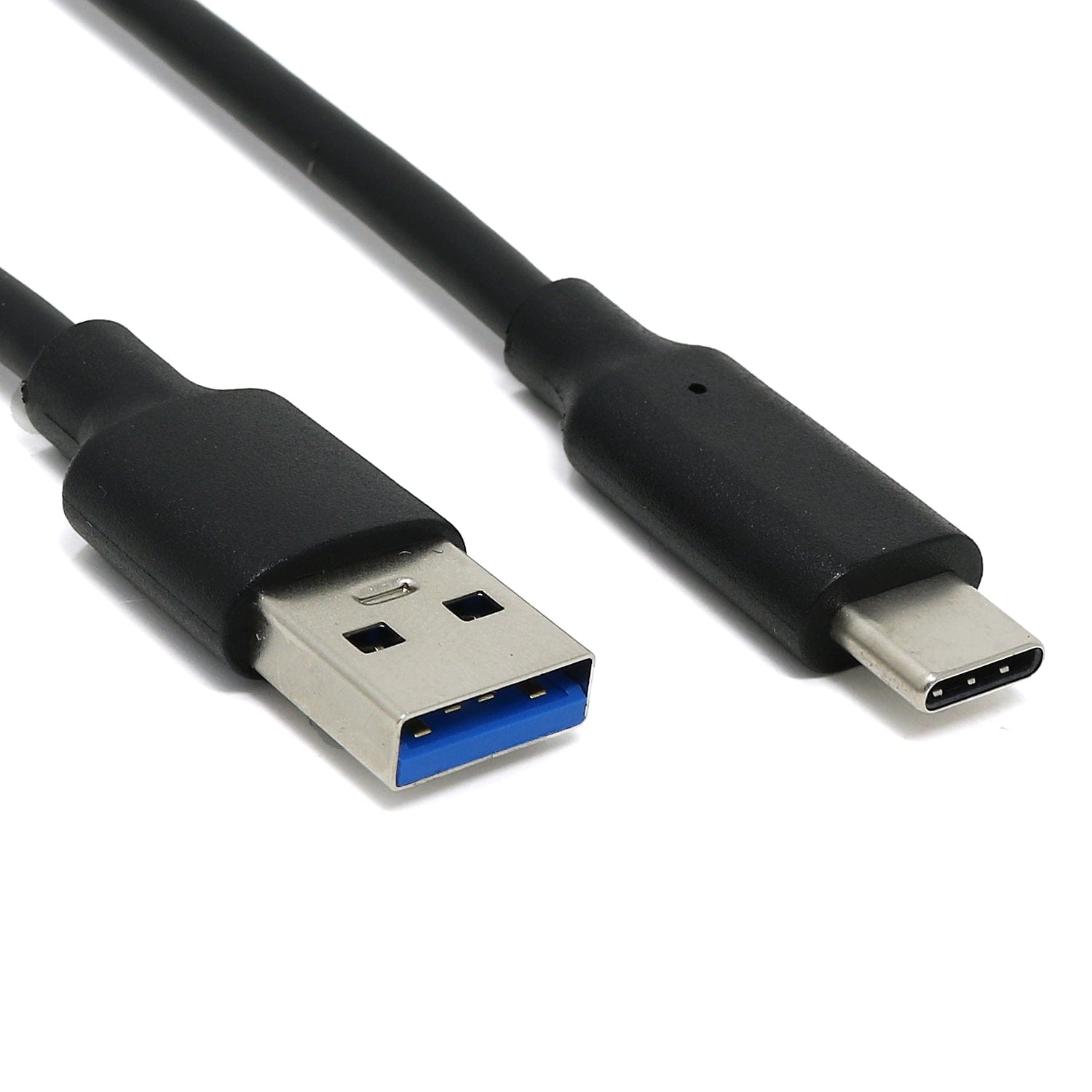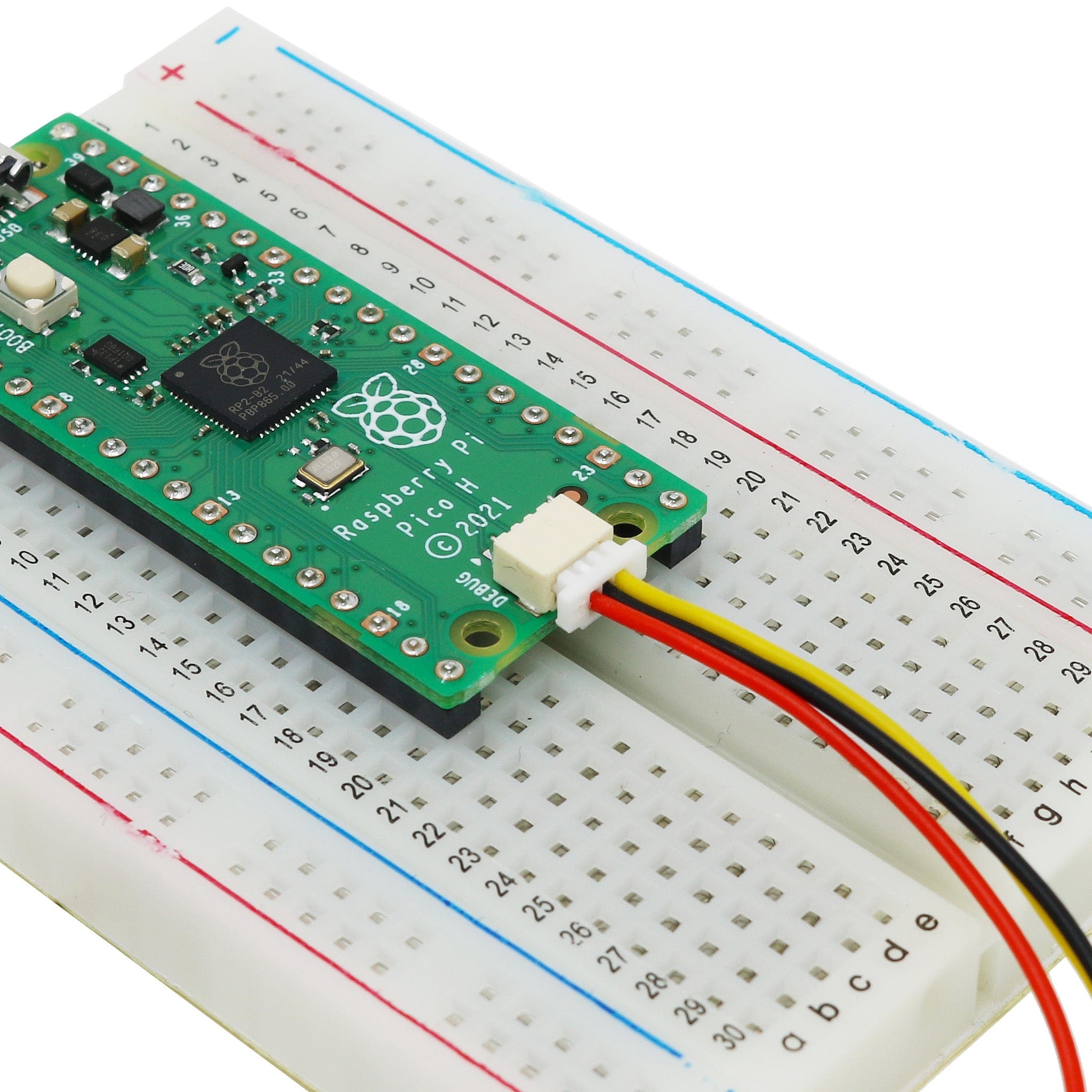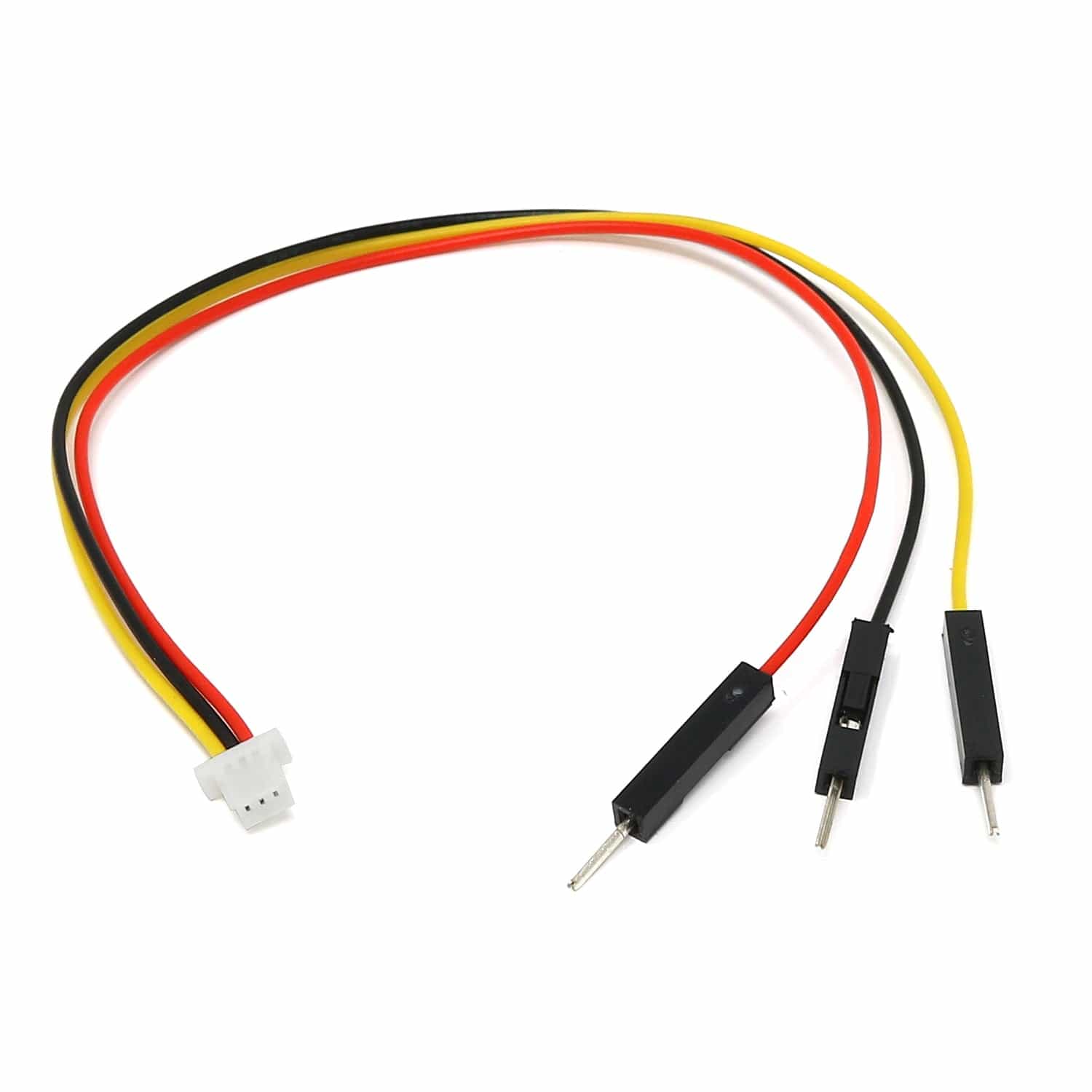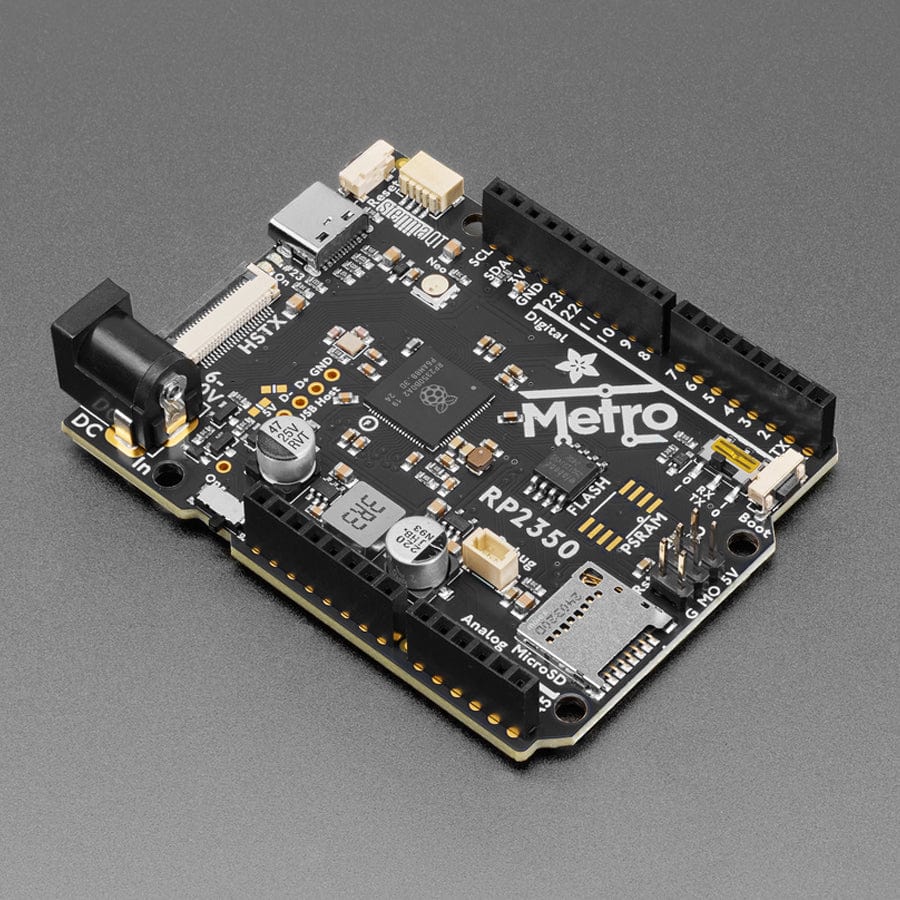
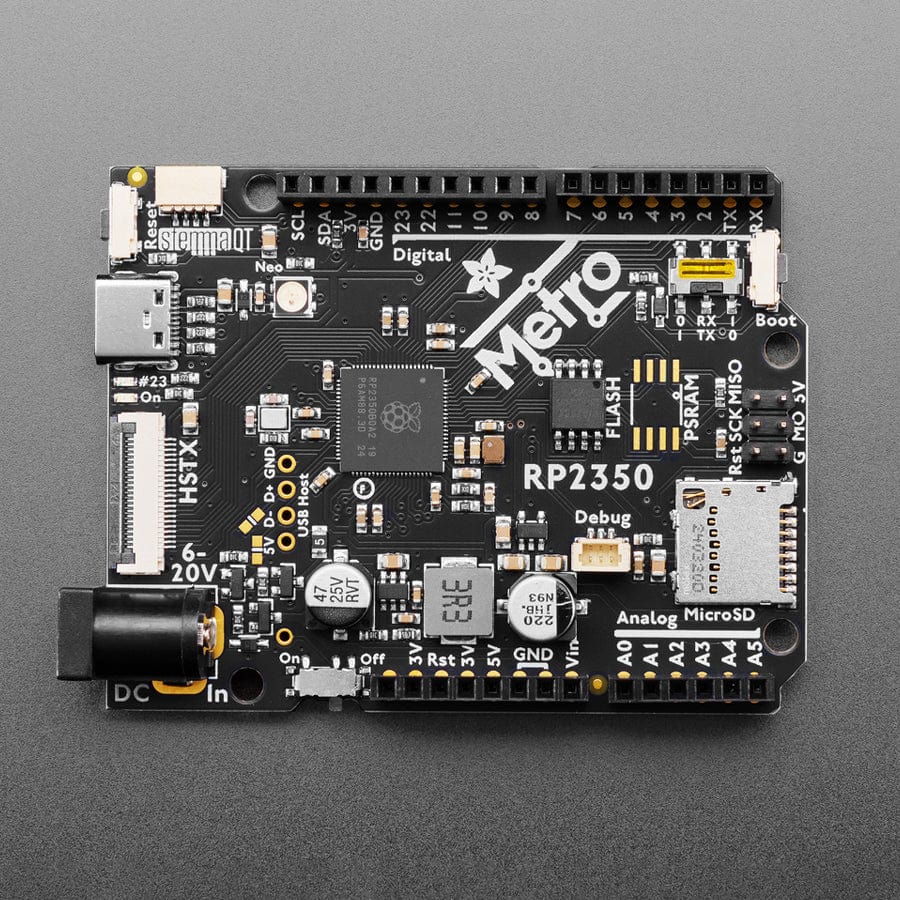
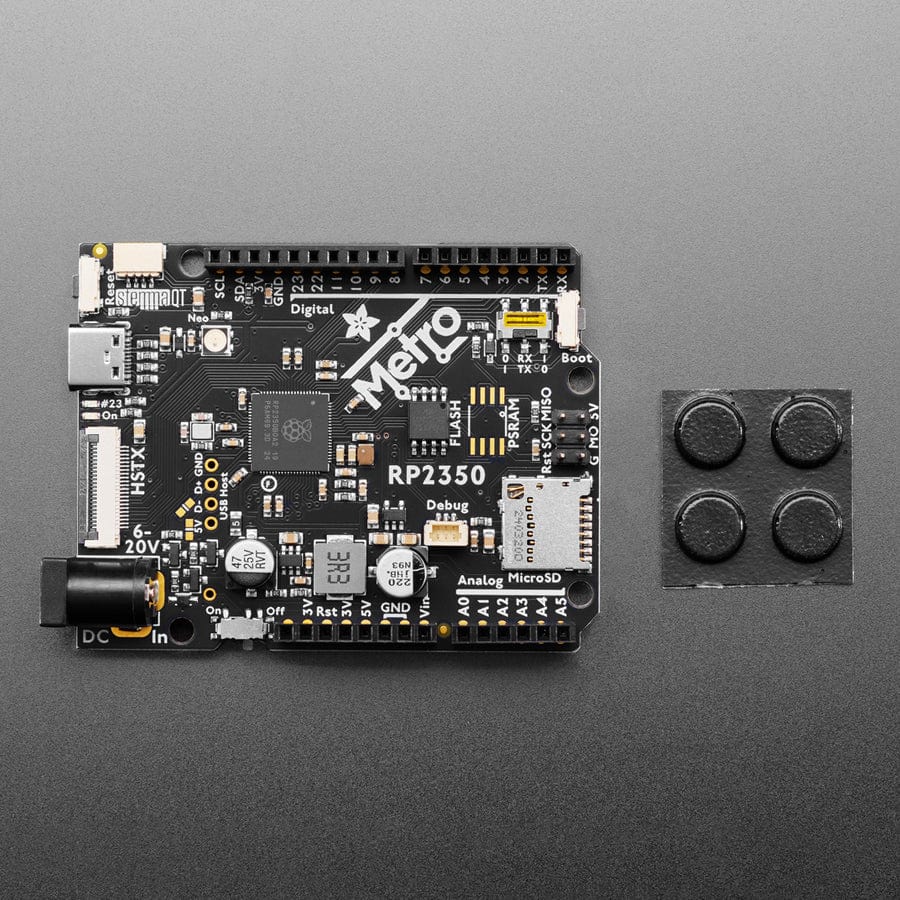
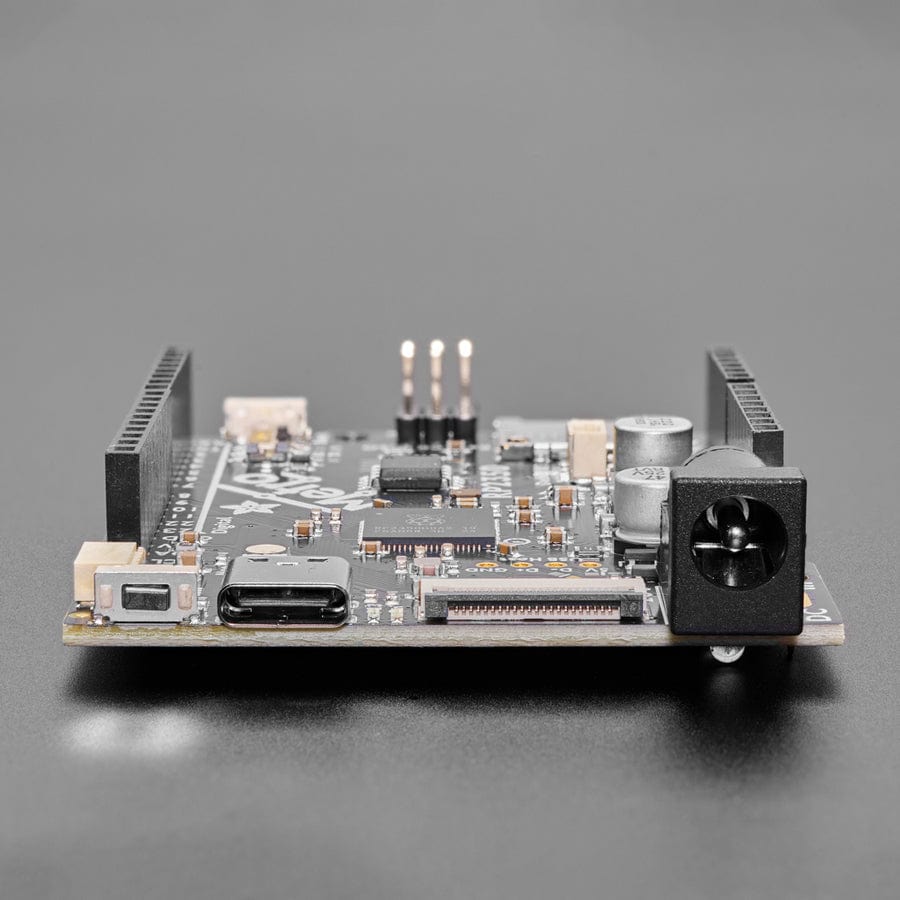
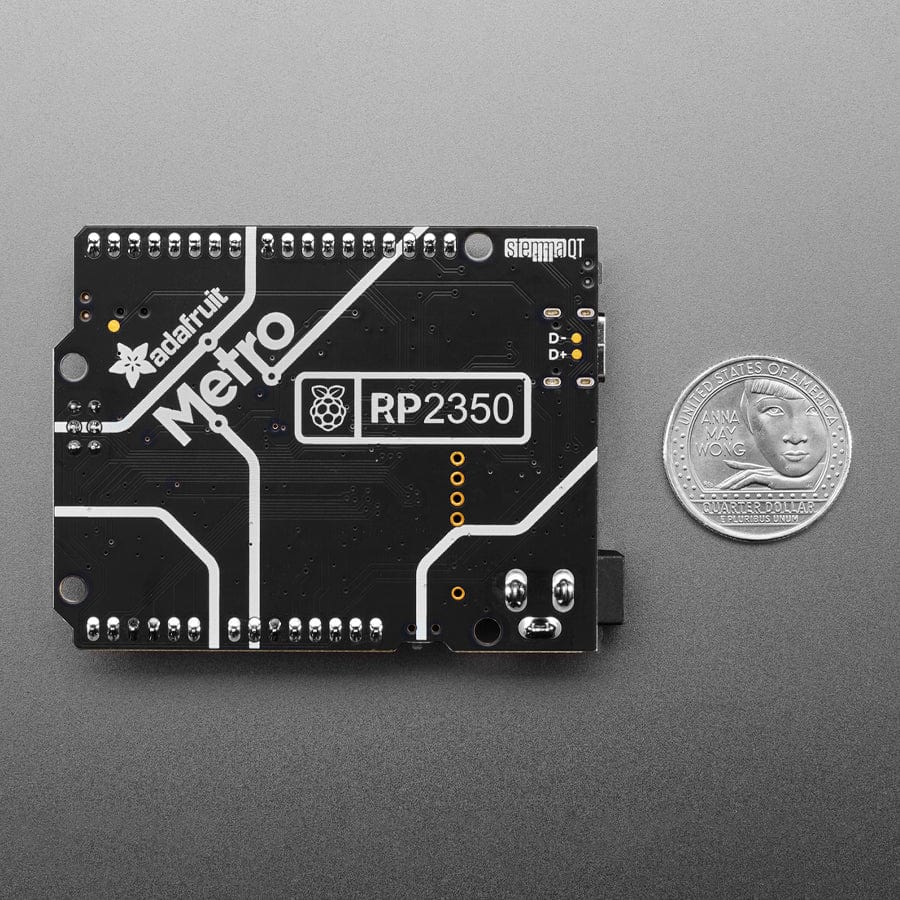
Login / Signup
Cart
Your cart is empty





Choo! Choo! This is the RP2350 Metro Line, making all station stops at "Dual Cortex M33 mountain", "528K RAM round-about" and "16 Megabytes of Flash town". This train is piled high with hardware that complements the Raspberry Pi RP2350 chip to make it an excellent development board for projects that want Arduino-shape compatibility or just need the extra space and debugging ports.
We also stock the Adafruit Metro RP2350 with PSRAM.
You may be wondering about the RX-TX switch: we added this because traditional Arduino boards start counting the GPIO for the digital pins with 0-7 and then 8-13. However, the D0/D1 pins are also traditionally the hardware UART Serial1, where D0 is Rx and D1 is Tx. On the RP2350, however, the UART pins are the other around: D0 is Tx and D1 is Rx. Thus a DPDT switch: flip one way to have the GPIO go in order of 0-7, flip the other way to have the logical locations of the hardware UART correct but now the pin order is 1, 0, 2, 3..7. Of course, it's also handy if, like us, you often swap the pins - now you don't need to require or cut/solder traces!
Inside the RP2350 is a 'permanent ROM' USB UF2 bootloader. What that means is when you want to program new firmware, you can hold down the BOOTSEL button while plugging it into USB (or pulling down the RUN/Reset pin to ground) and it will appear as a USB disk drive you can drag the firmware onto. Folks who have been using Adafruit products will find this very familiar - we use the technique on all our native USB boards. Just note you don't double-click reset instead hold down BOOTSEL during boot to enter the bootloader!
There is great C/C++ support, unofficial (but really good) Arduino support, an official MicroPython port, and a CircuitPython port! We of course recommend CircuitPython because we think it's the easiest way to get started and it has support with most of our drivers, displays, sensors, and more, supported out of the box so you can follow along with our CircuitPython projects and tutorials.
While the RP2350 has lots of onboard RAM, it does not have built-in FLASH memory. Instead, that is provided by the external QSPI flash chip. On this board, there is 16 MB, which is shared between the program it's running and any file storage used by MicroPython or CircuitPython. When using C/C++ you get the whole flash memory, if using Python you will have about 14 MB remaining for code, files, images, fonts, etc.
Please note: The Adafruit Metro RP2350 comes with the A2 version of the RP2350, which is affected by the E9 erratum. This errata affects some uses of GPIO and PIO such as high-impedance inputs and the internal pulldowns. You may need to use 8.2K or smaller resistors if pull-downs are required. At this time, Feb 2025, there is no other version of the RP2350 available - only the A2 version.






